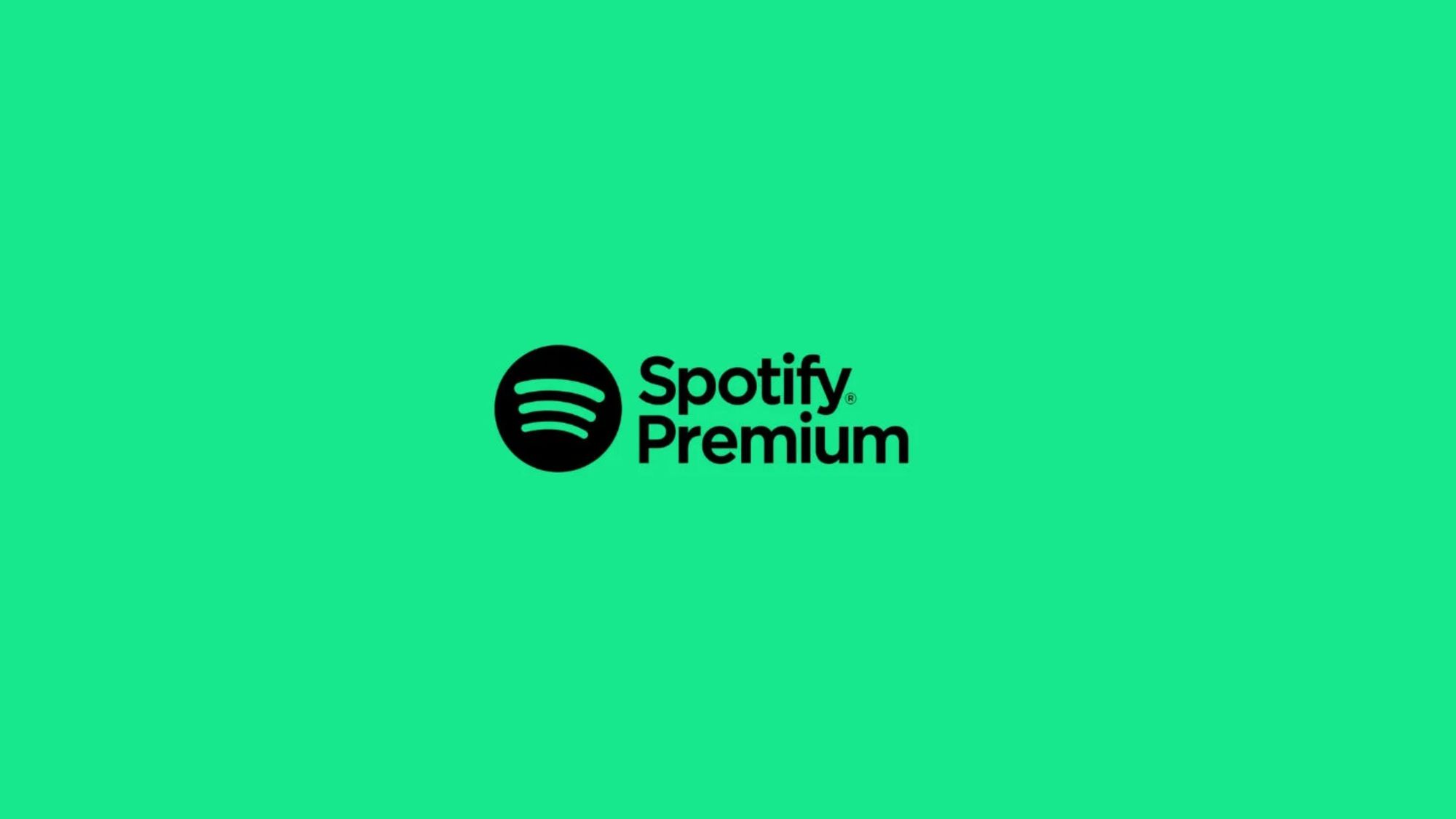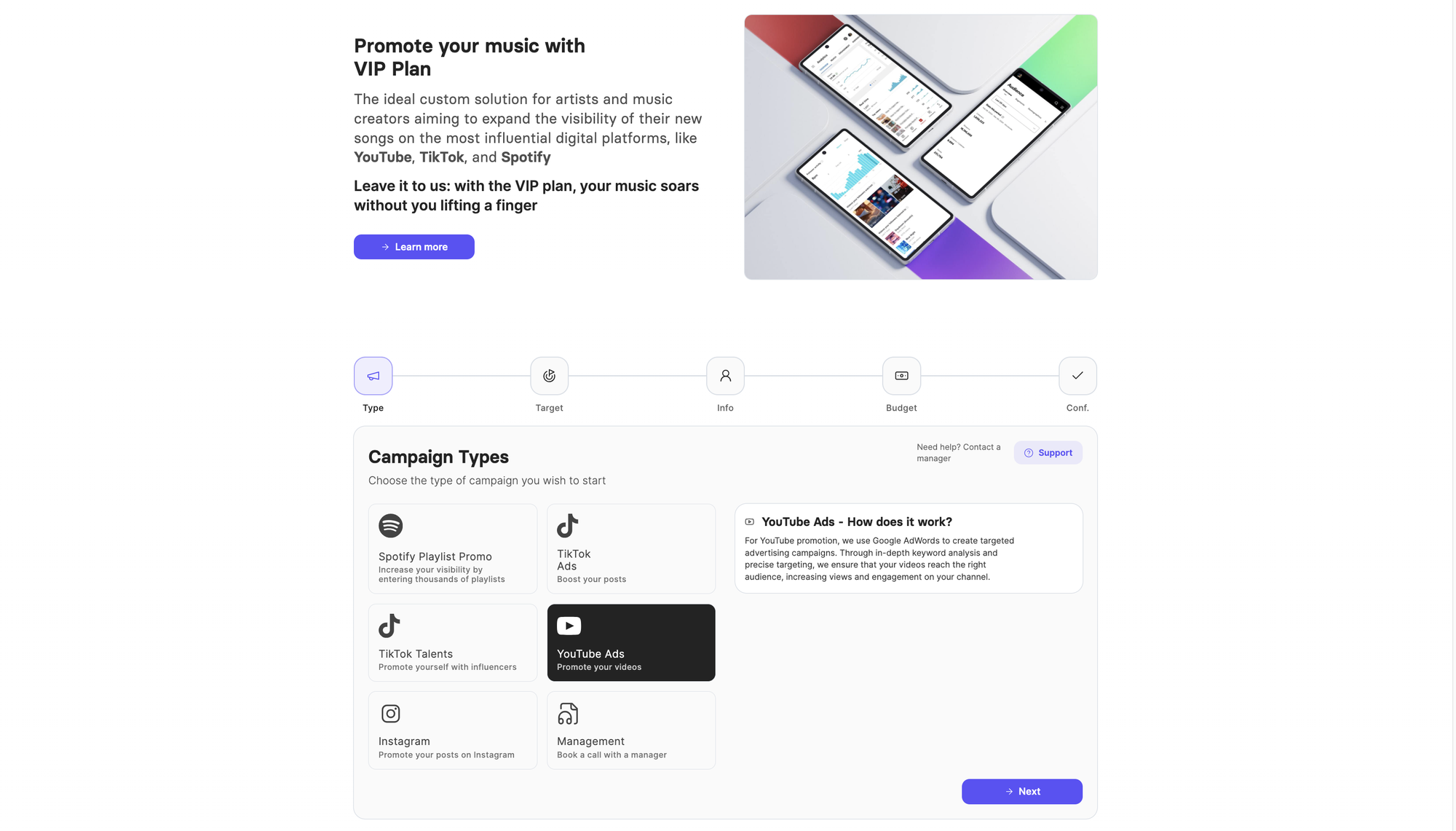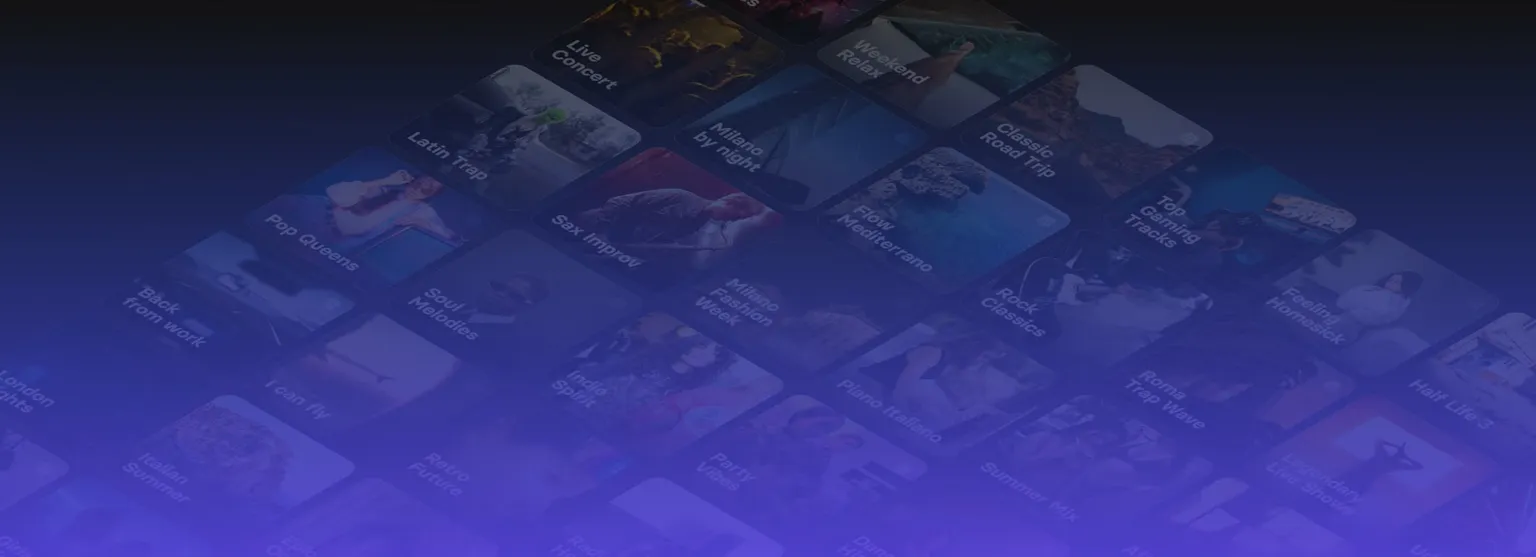
In today’s streaming-dominated music landscape, artists and labels are constantly seeking new ways to control the release of their music, maximize revenue, and build anticipation. One powerful method that’s gaining attention is windowing: a strategic release model that temporarily limits access to new music on certain platforms, like Spotify, to achieve specific promotional or financial goals.
If you're a musician wondering how to make the most of your streaming release strategy, understanding Spotify windowing can help you maintain control over your art while optimizing your fan engagement and income.
Here's what we're going to talk about:
- What is Spotify Windowing?
- Why use a Windowing Strategy?
- How Spotify Windowing works in practice
- Benefits of using a Spotify Windowing strategy
- When Spotify Windowing might not be the best fit
- Best practices for implementing a Spotify Windowing strategy
- Windowing and independent artists
What is Spotify Windowing?
Spotify windowing refers to the practice of delaying the availability of new music on Spotify (or limiting it to specific tiers like Premium) for a set period. During this "window," the release may be exclusive to other platforms, such as physical formats, digital downloads, or alternative streaming services, or only available to paying subscribers.
This concept isn’t new. It has long been used in the film and television industries, think of how movies are released in cinemas first, then move to streaming or DVD later. In music, windowing works similarly, giving artists and labels more control over the timing and platform exposure of their content.
Why use a Windowing Strategy?
The goal of Spotify windowing is not to punish free listeners, but rather to:
- Drive early sales or streams on premium services
- Reward paying subscribers with early access
- Increase hype and exclusivity around a release
- Protect long-term revenue potential for independent artists
In an industry where most streaming revenue is fractional, the first few days or weeks of a release are often the most crucial. Artists may use windowing to build anticipation, boost initial sales, or prioritize platforms that offer better revenue terms.
Before diving into the various strategies you can use on Spotify, it’s essential to understand a few key fundamentals that help you track how your Spotify profile is really performing. For example: did you know there’s a difference between Spotify streams and monthly listeners?
Discover what sets them apart and why it matters by reading the full article on our blog!
How Spotify Windowing works in practice
Spotify allows artists (particularly those with distributor or label support) to delay a new release on its Free tier for up to two weeks after launch. This means that while Spotify Premium users can access the album or single immediately, free users have to wait.
This two-week delay can be paired with other strategies, like:
- Releasing the song first on Bandcamp or Apple Music
- Offering exclusive merchandise or vinyl bundles during the window
- Creating a private listening experience for superfans or subscribers
Windowing gives creators a brief but valuable window (pun intended) to capitalize on their most dedicated listeners—those most likely to pay, share, and support.
Benefits of using a Spotify Windowing strategy
1. Maximizing first-week sales and chart position
Your first week of streams and sales is critical for chart performance, playlist consideration, and media buzz. By controlling where and how your music is initially available, you can direct traffic to platforms that reward you most and build momentum where it counts.
For example, if your song is only available via direct purchase or on premium streaming platforms for the first week, you could see a spike in early income while boosting visibility among paying fans.
2. Driving premium subscriptions
Delaying a release on Spotify Free can create a sense of exclusivity, pushing fans to upgrade to Spotify Premium to hear your latest track. Spotify benefits from the increase in subscriptions, and you benefit from higher per-stream payouts and increased listener engagement.
This tactic can be particularly useful if you're releasing a highly anticipated single or album. Fans who don't want to wait are more likely to switch to Premium just to be among the first to listen.

3. Strengthening artist-fan relationships
Windowing can be positioned as a reward for loyal fans. You could offer early access through Patreon, email lists, or your own website, giving your core audience a feeling of being part of something special.
This kind of direct connection deepens fan loyalty and reinforces your brand identity. It tells fans: “You’re important to me, and I want you to have this first.”
4. Gaining leverage with streaming platforms
Artists and labels that experiment with exclusivity or staggered releases can sometimes negotiate better terms or promotional opportunities with platforms. A smartly executed windowing strategy may give you more visibility on curated playlists or featured artist pages once your music goes wide.

When Spotify Windowing might not be the best fit
While Spotify windowing has its perks, it's not always the right move for every artist. Here are a few potential downsides:
- Missed playlist opportunities: Spotify's editorial playlists often favor music that's available to all users.
- Potential fan frustration: Free listeners may feel alienated if they can’t access your new release immediately.
- Decreased algorithmic performance: The Spotify algorithm favors fast engagement and wide reach. A delayed release might limit early momentum, especially for smaller artists.
If your audience is mostly made up of casual or free-tier listeners, it may be better to release your music on all platforms simultaneously to maximize visibility and engagement.
Another powerful way to promote your music using effective release strategies is through the Waterfall Strategy. Want to know what it is and how to make the most of it?
Read the full article on our blog to explore how this approach can boost your visibility and maximize your streams!
Best practices for implementing a Spotify Windowing strategy
If you decide to try windowing your next release, keep the following tips in mind:
1. Communicate clearly
Let your fans know why the release is exclusive or delayed for certain users. Frame it as a way to support your career, reward premium fans, or deliver a better-quality experience. Clear messaging reduces the risk of confusion or backlash.
2. Combine with other promotional tools
Windowing works best when part of a larger release plan. Use this period to:
- Launch a music video
- Share behind-the-scenes content
- Sell limited-edition merch or signed items
- Engage your fanbase on social media
Make the most of the exclusivity window to deepen connections and tell your story.
Promoting your music on social media has become essential, but doing it effectively isn’t always as easy as it seems. That’s why at Matchfy, we give artists the opportunity to run targeted campaigns across platforms like TikTok, YouTube, and Instagram. These tailored promotions help musicians expand their reach and connect with a broader audience more strategically.

3. Know your audience
Before choosing this strategy, analyze your fanbase. Do they primarily use Spotify Free? Are they willing to pay for early access? If you have a strong mailing list or Patreon community, they may be the perfect audience for a windowed release.
Windowing and independent artists
While major label artists like Taylor Swift or Beyoncé have famously used windowing to huge effect, independent musicians can also benefit—especially when releasing through platforms like DistroKid, CD Baby, or Matchfy.
These services often allow you to choose where and when to release your music, giving you the flexibility to window your content for Bandcamp or direct sales before opening it to Spotify Free listeners.
This is especially useful when building revenue from die-hard fans, vinyl collectors, or crowdfunding supporters before the general public gets access.
Conclusions
In a music industry where strategic releases can make or break a song's success, Spotify windowing has emerged as a powerful option for artists looking to maximize control, revenue, and fan engagement. Whether you're an established act or an independent musician, leveraging a temporary delay on certain platforms, particularly Spotify's Free tier, can help drive early momentum, reward dedicated listeners, and boost financial returns.
However, while windowing offers clear benefits, it’s not a one-size-fits-all approach. Understanding your audience, planning the rollout carefully, and aligning the strategy with your long-term goals are all essential to making it work effectively.
That’s where Matchfy comes into play. Beyond offering playlist placements, Matchfy empowers artists to design comprehensive music marketing campaigns, combining smart release strategies like windowing with targeted promotion on TikTok, Instagram, and YouTube.

